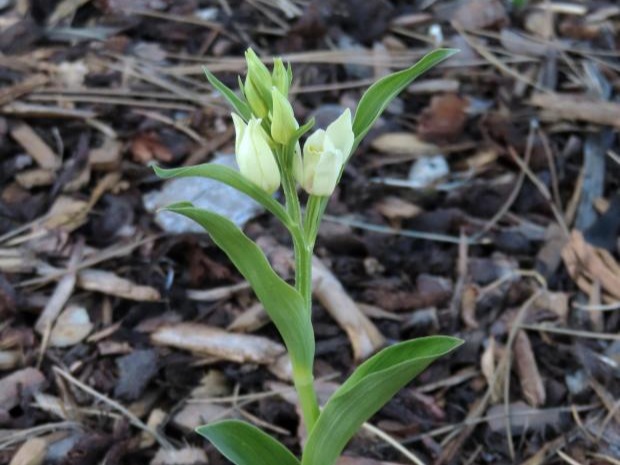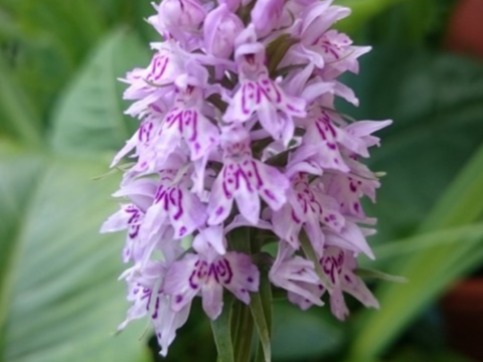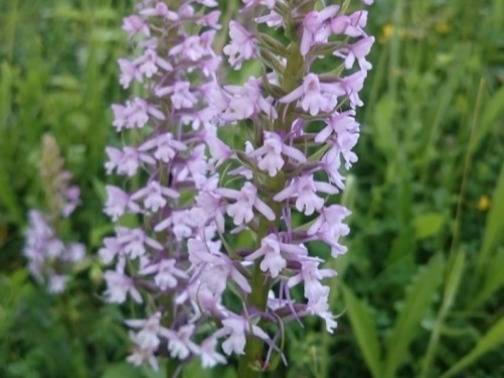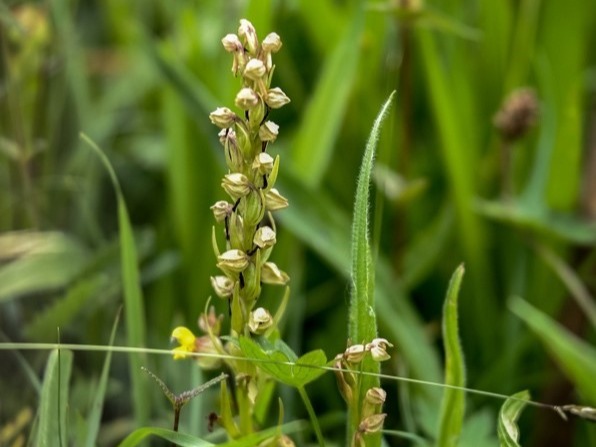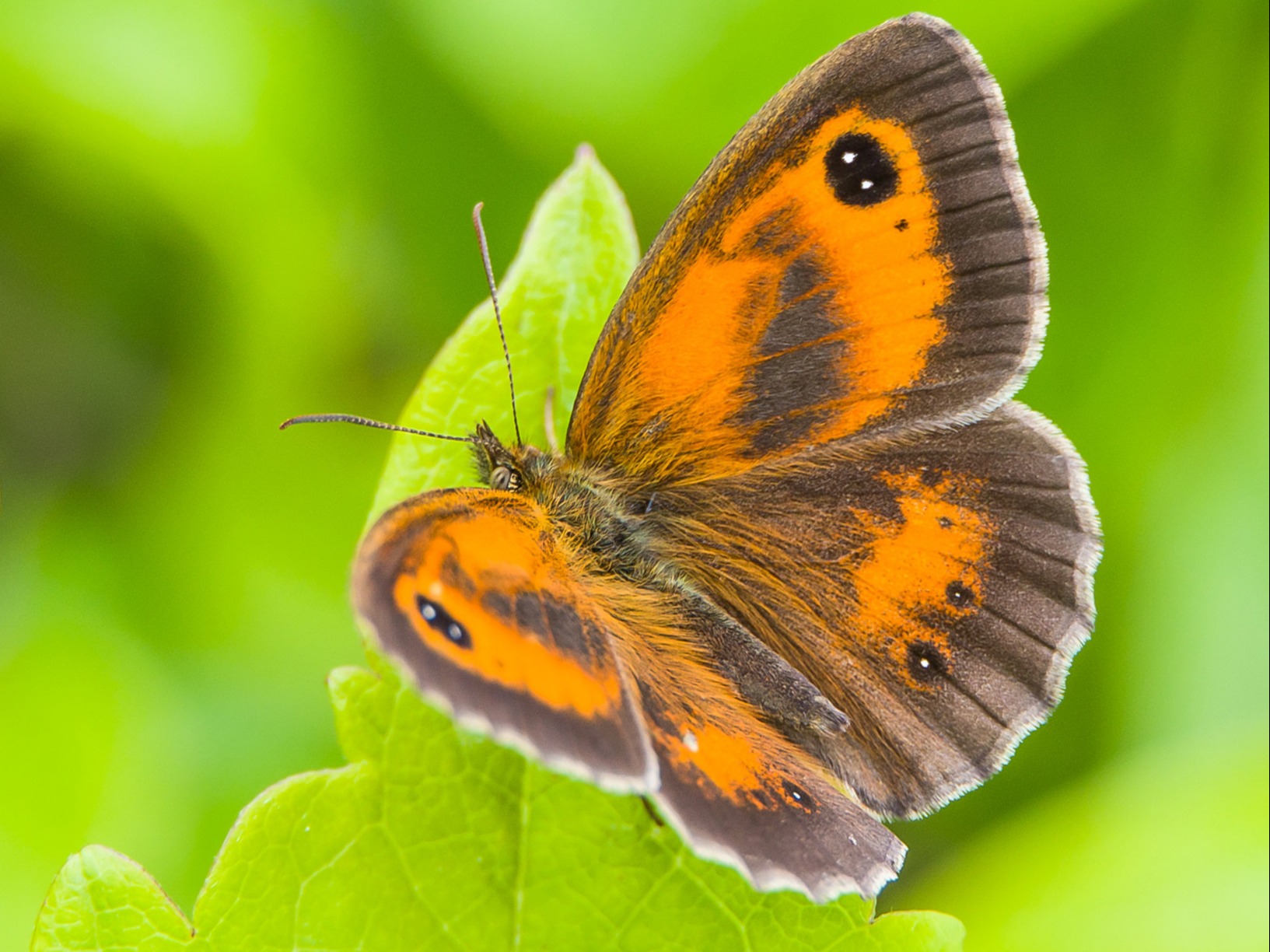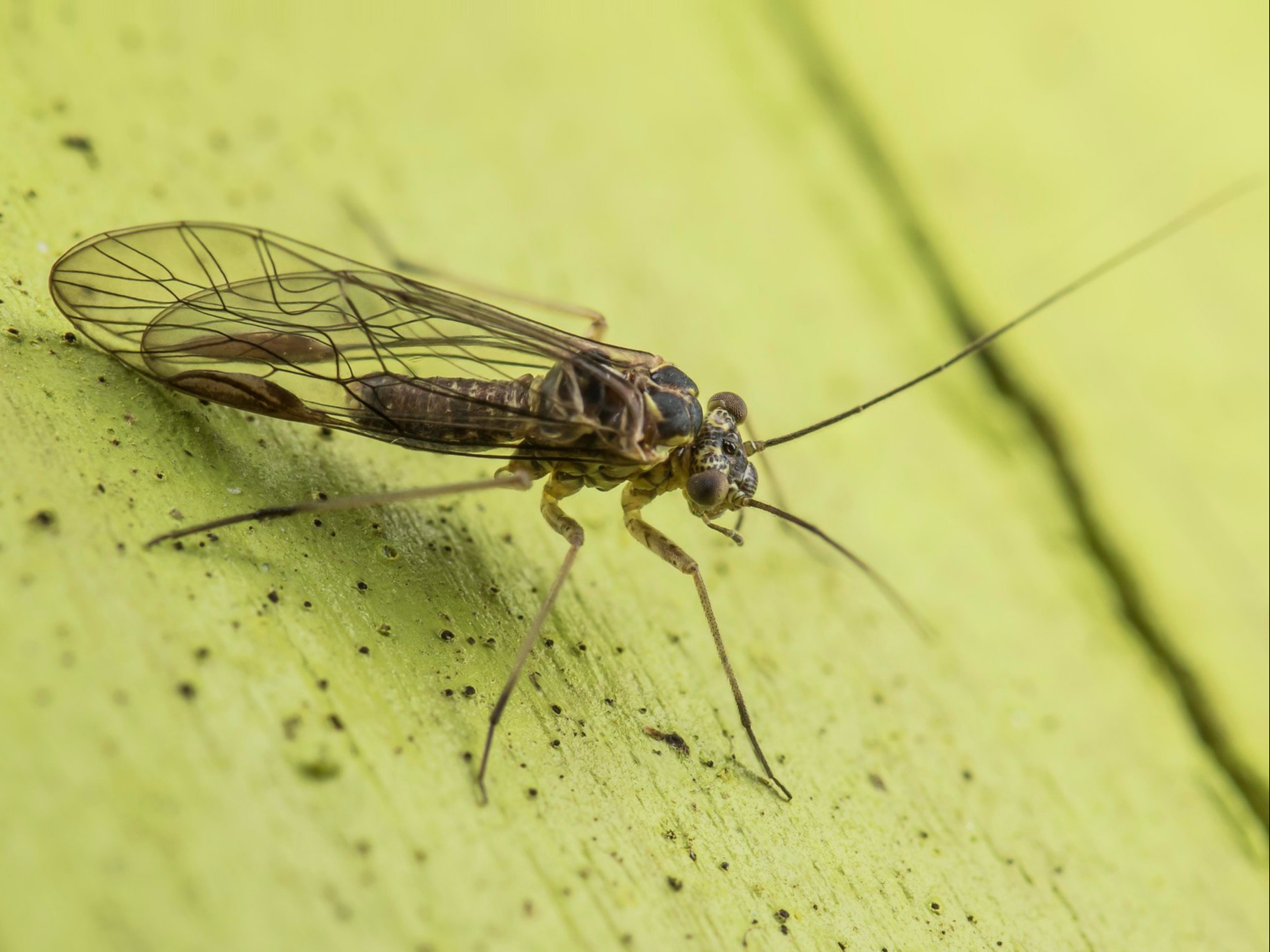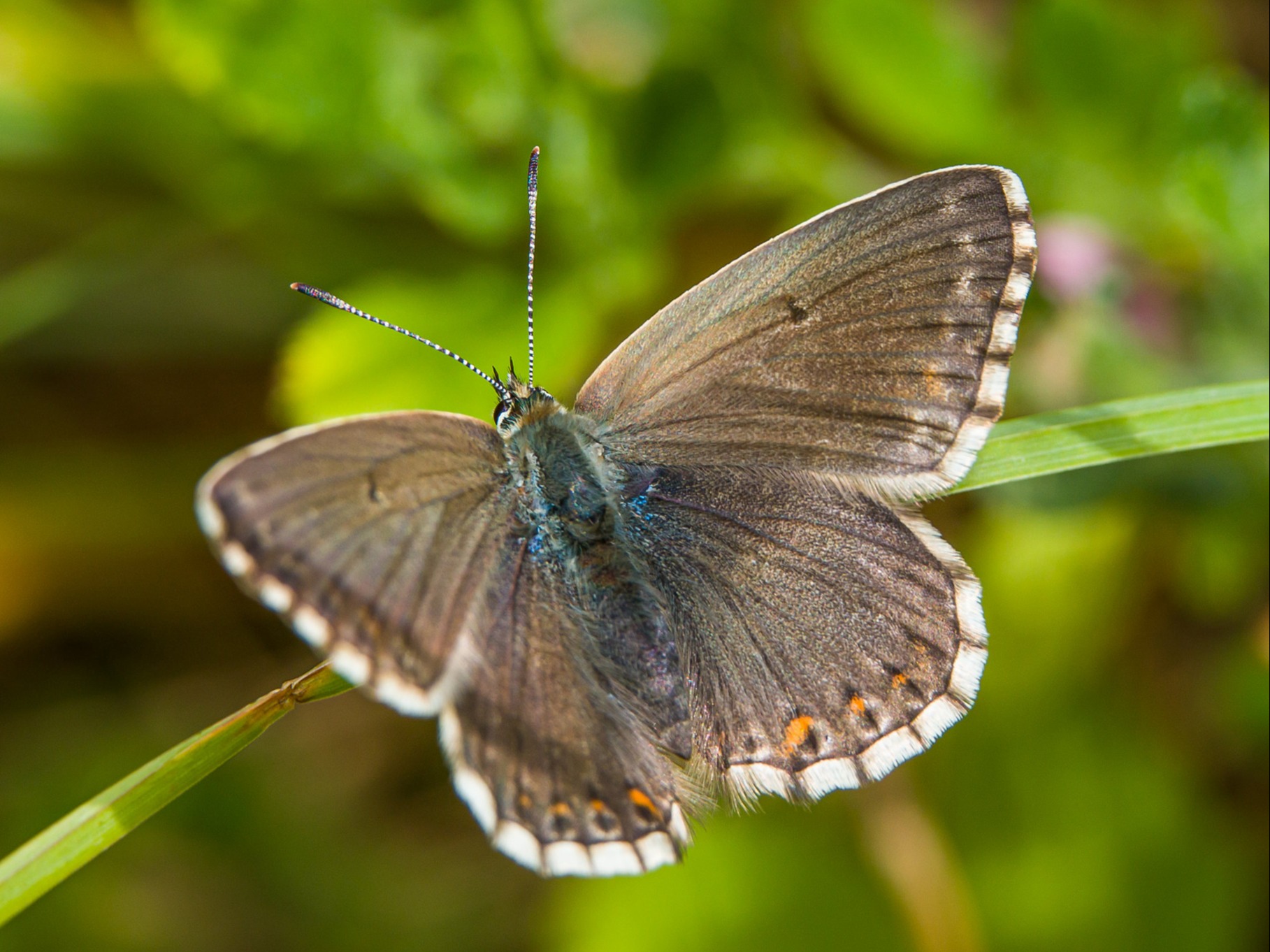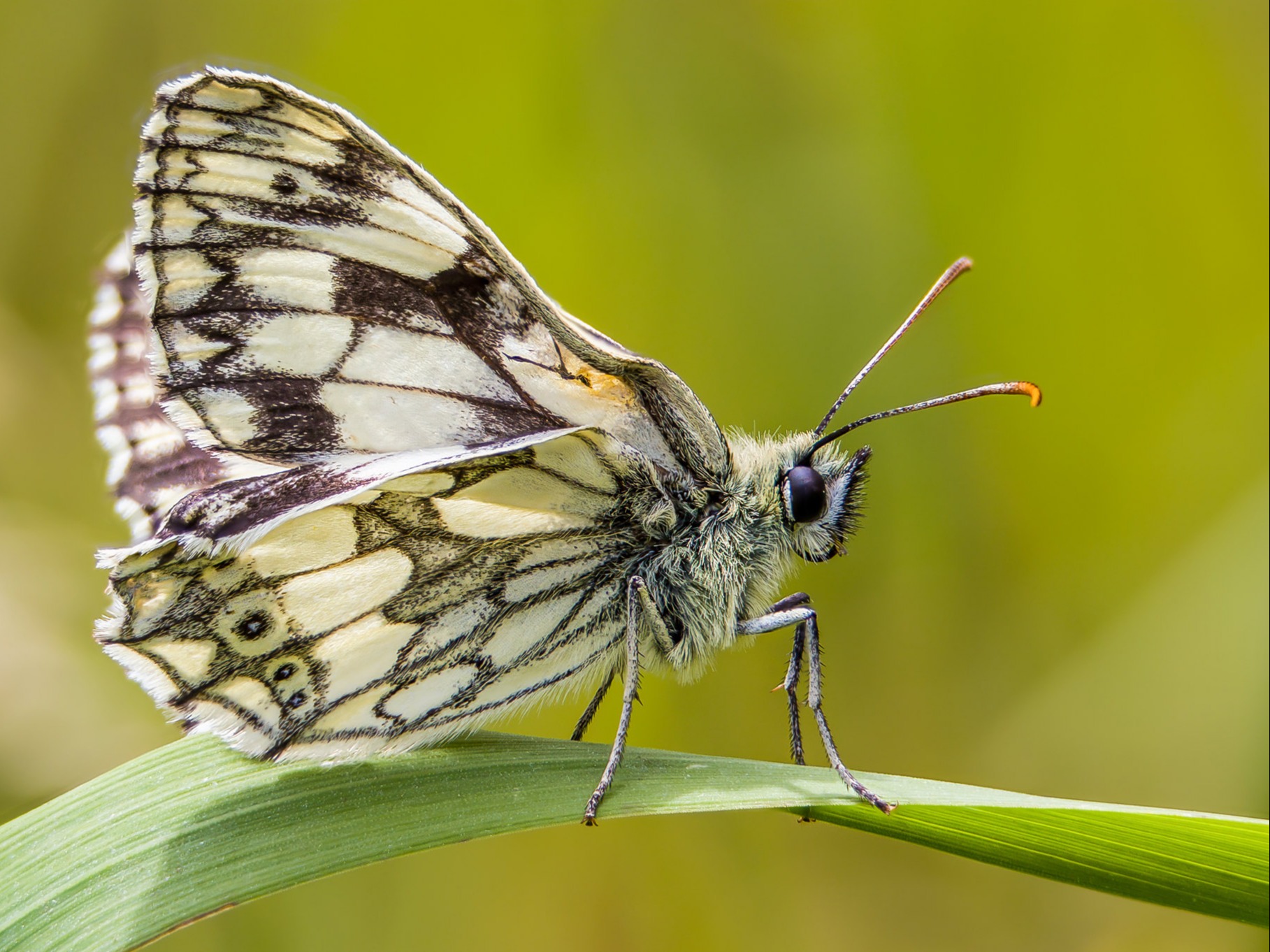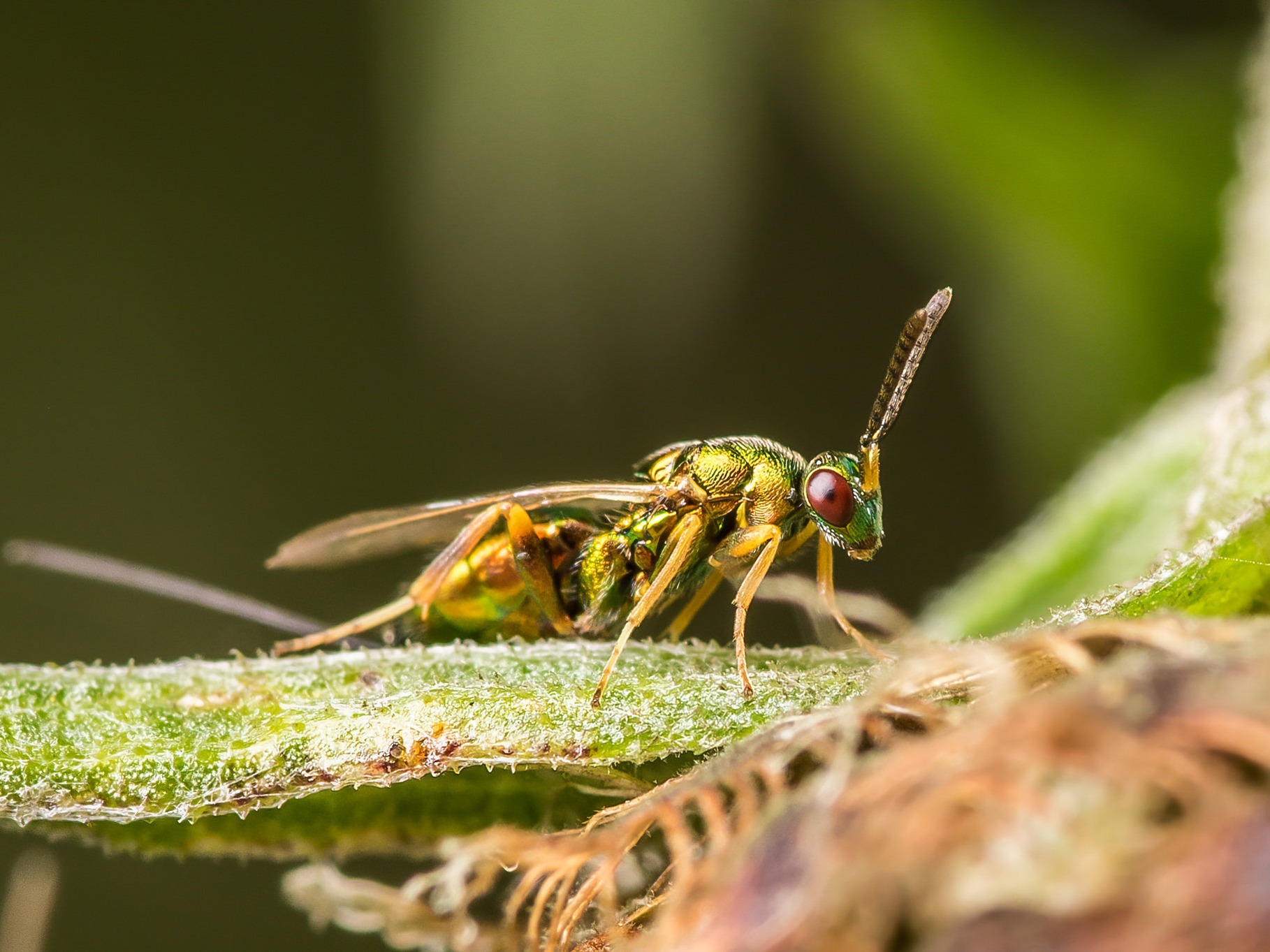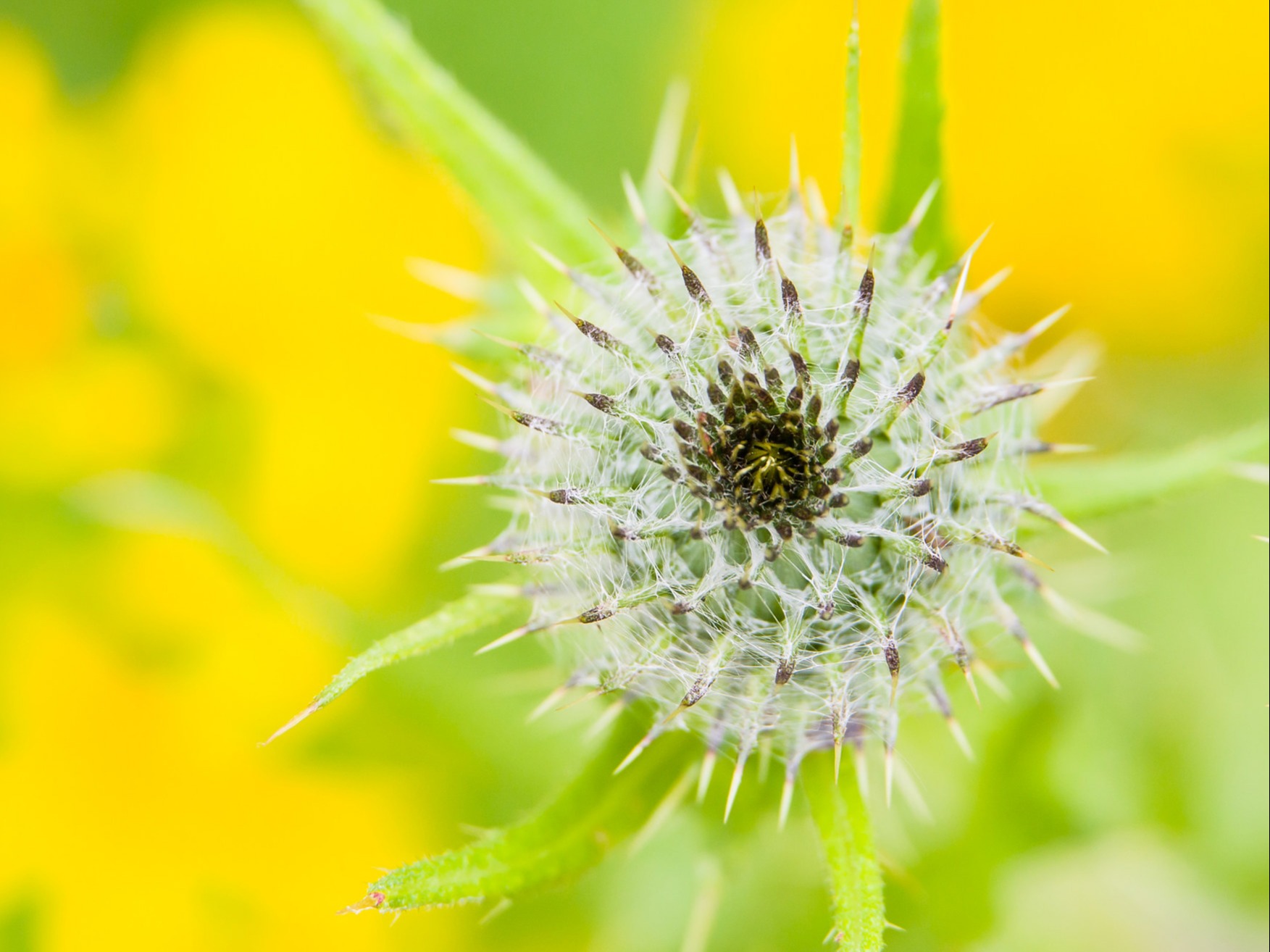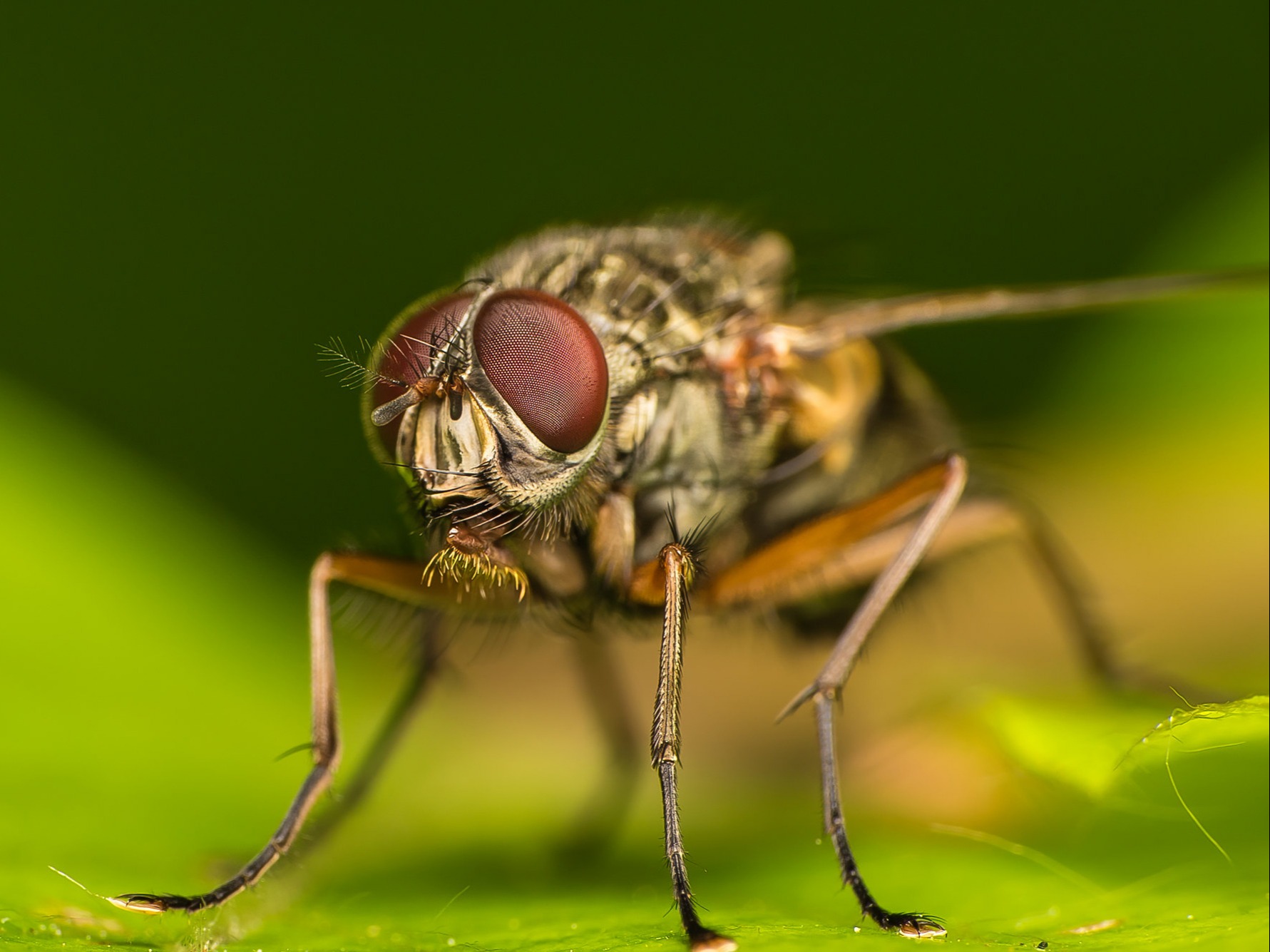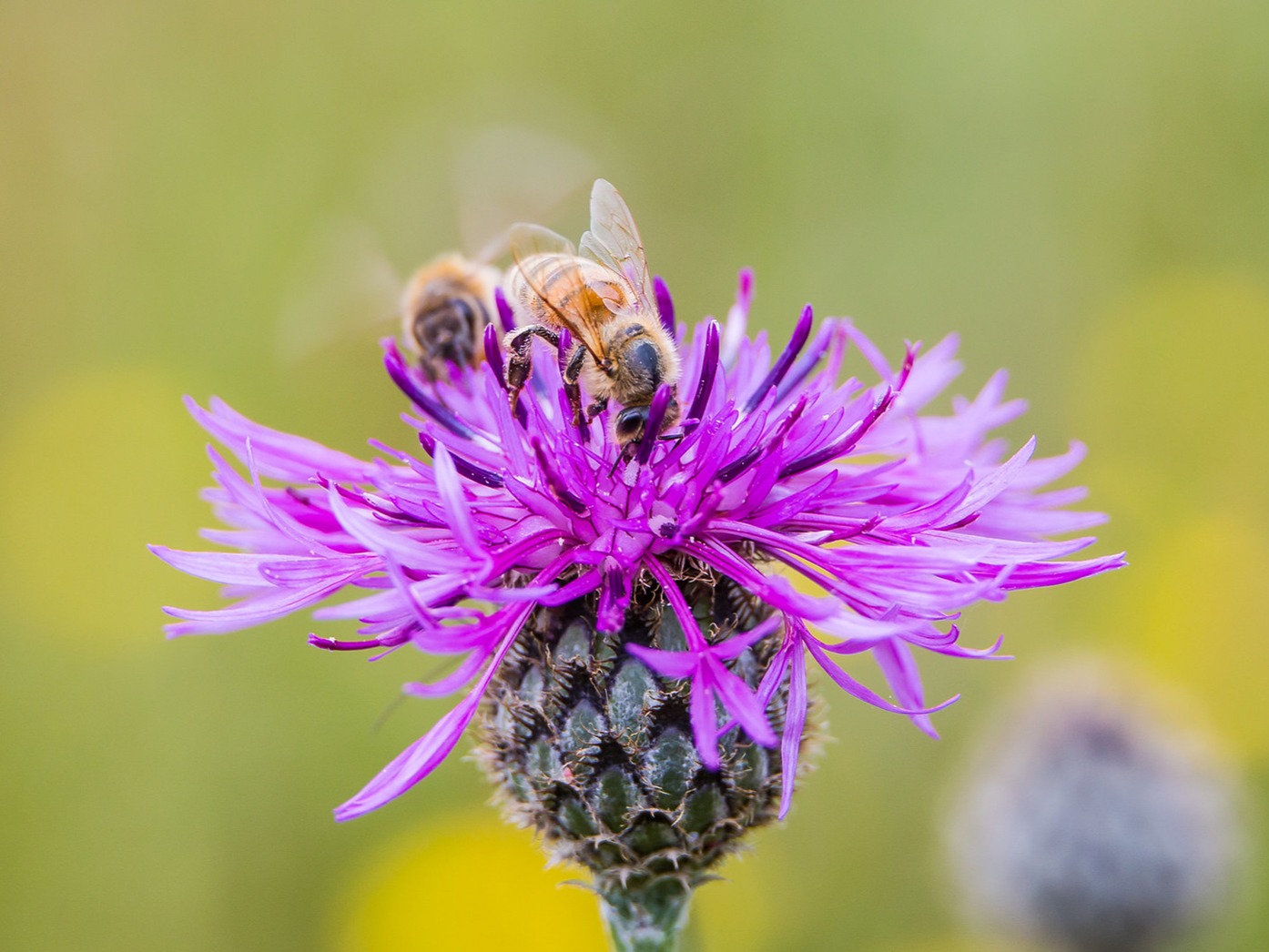Dunstable – its history and surroundings
"Dunstable Downs are very accessible from Dunstable and can be traversed for more than two miles. At the highest part near the turning to Whipsnade they are 800 feet above the level of the sea, and the view over the country to the west is only bounded by the horizon. The downs are one long, almost treeless, stretch of short, elastic turf, fragrant with wild thyme and rich with the well-known flora belonging to chalk downs. In the more crumbly chalk, usually at the base of the hills, many orchids grow, including some of the rarer species. The air on these hills is absolutely pure, there being no source of pollution from towns or factories. The west wind sweeps almost unbroken from the Atlantic, and no one can wander over the downs without benefiting from the pure breeze." Worthington G Smith. 1904
Before Natural England proposes that an area becomes an 'Area of Outstanding Natural Beauty', it must meet their exacting ‘natural beauty criterion’. Dunstable Downs meets every category.
1. Landscape quality, where natural or man-made landscape is good quality
2. Scenic quality, such as striking hillside landforms
3. Relative wildness, such as distance from housing or having few roads
4. Relative tranquility, where natural sounds, such as streams or birdsong are predominant
5. Natural heritage features, such as distinctive geology or species and habitat
6. Cultural heritage, which can include the built environment that makes the area unique, such as archaeological remains or historic parkland
Our golf course is one of only 30 or so downland courses in England (out of a total of nearly 2,000 courses in the country). Set along the spine of chalk hills which range through the south-east of England from Cambridgeshire down to Wiltshire, Sussex and Dorset, these courses sit on an alkaline subsoil of chalk typically with a thin layer of topsoil. They are characteristically free draining and available for golf all year round. The soil conditions encourage plant diversity which promotes rare flora and fauna and were traditionally grazed from earliest times by sheep in summer pastures.
Like heathland, downlands are transitory ecosystems and if no management occurs then they will return to woodland. Firstly, through turning to scrub as pioneers such as thorn invade followed by high canopy species such as oak and ash.
"To my mind the most enjoyable and the most memorable courses are those that have been designed and subsequently cared for by people who recognise the importance of nature and all it has to offer. If you are playing badly, at least you have the consolation of the benefits of a walk through attractive surroundings, made so by the blending of golf with the fauna and flora found in the particular area"
Sir Michael Bonallack
Hunting Orchids in Bedfordshire - by Caroline Gilby
Caroline has lived in Bedfordshire for nearly 25 years. Her day job is tasting, writing and talking about wine, but she also runs the local trails to keep wine trade hospitality at bay. A botanist by training, many of Caroline’s runs take her exploring the Bedfordshire countryside, hunting rare flowers. She has a particular passion for Britain’s native orchids including several very rare species that cling on to the chalk down land of the Chilterns. The last few years have seen her attempt to see all of the county’s native orchids.
For most people orchids are those blowsy things you can buy in every supermarket, so bright and garish they almost look fake. Once rare and tricky to grow, modern horticulture has made them commonplace. Unfortunately, Britain’s native orchids have never been more threatened, several only appearing on a single site in the county, vulnerable to being wiped out by a careless barbeque or clumsy walker – or even a golfer thrashing around in the long grass.
Watch out and be aware of the following most common orchids that you may come across on the course; in the rough and deep rough!
You might spot common spotted orchids from May to July, the dramatic pink of pyramidal orchids, fascinating bee orchids and chalkhill fragrant orchids in June and July. Also keep your eyes open for rare species like the frog orchid and under trees white helleborines are possible too.
We currently have (July) pyramid orchids growing on the 1st and between the 11th & 12th fairways. The pyramid orchid is distinctive and easy to recognise from the shape of its flower spike. It is usually vivid pink but occasionally a white variant with no pigment appears. Other local orchids to look out for on the golf course include...
The chalk hill fragrant orchid is easy to spot because of its long spur on the back of the flower and lovely scent of you get down close enough
Arguably the most exotic looking of Bedfordshire's orchids is the bee orchid. It is apparently the county's second most common orchid and now adopted as the county's wild flower. This pops up on grassland, woods and chalky hillsides.
Please report them to the Course Manager when you see them so that he can mark the area ‘ground under repair’ and we can report the find to the Bedfordshire Natural History Society. If your ball nestles up alongside one in your friendly fourball, please take a drop!
We are indebted to Caroline for the information about these rare plants. For more information on Caroline's journey click here
Bees and Butterflies
So, I was just about to drive off the 8th medal tee when I saw a David Bellamy like character rummaging through the undergrowth with his camera, writes John Winter. Naturally inquisitive I asked him what he was doing and whether he would be interested in sharing the results of his work on the Club’s website. What I could not believe was the sheer quality of the images he has taken along the boundary edge of our course.
Bryn Thomas lives locally and knows the area well. He started photography as an amateur in the late 2000s and then went on to specialise in the ‘small fascinating world’ of Macro Photography. He accepts that he looks very strange with his macro lenses and homemade lighting kit while seemingly staring at just bushes.
“But there are some really amazing, beautiful and colourful small things around when you look up close. We are very lucky to have such diversity on Dunstable Downs and with every walk or run I find something new and fascinating”
I could have chosen hundreds of photographs from Bryn’s amazing gallery but settled on these to whet your appetite. I would encourage you to log onto Bryn’s Flickr site: Macro Photography to see more.
We are lucky to have such a talented photographer on our doorstop who shares our vision for the local ecology.
Look out and listen for the birds from our fairways
"Peter Bridgland and I joined on the same day all those years ago, writes John Winter. On one of our early games together he started articulating about the bird life on the course. My eyes and ears were quickly opened to the sights and sounds that envelop us every time we play. Asking Peter to help and share his knowledge for this web site was such an obvious choice. If you get an opportunity to play with Peter, take it. Your golf may not improve because your focus will be elsewhere. But your long term knowledge and understanding of the wider environment will remain with you for a long time"
Peter writes, "The old course was expanded to 18 holes in 1912 and played on open downland across both sides of the current Whipsnade road [then a track] and adjoined by large areas of grazing landscape. Non-native trees and other low-level vegetation were planted to define fairways and also to screen housing developments alongside the 3rd to 5th fairways. Mature trees form the background to the 1st green.
Rigorous & expert golf course management in conjunction the arboreal measures has resulted in arguably the best 24/7 accessible golf course in Bedfordshire and adjoining counties. Use of insecticides, weed killers and fertilisers for golf course and farming applications has been strictly controlled under European Law benefiting both vertebrate and invertebrate species. Birds and mammals rely on a rich and varied insect life to sustain them. In the spring / summer months visitors will note a wide range of natural wild flowers typical of chalk grassland also newly seeded areas which have been created to attract a varied fauna and larger insect food chain.
The golf course also adjoins the largest chalk quarry in the country, the 130-hectare Kensworth Quarry that has been designated a site of Special Scientific Interest [SSSI]. The Downs is managed by the National Trust who have taken measures in recent years to return the landscape to original chalk downland by removing blackthorn scrub and what was a large rabbit population eroding the slopes."
Sources of information are credited to RSPB, BTO and other recognised organisations. Images © courtesy of british-garden-birds.com
What is Downland?
Downland is an area of open chalk hills, typically used to describe the chalk countryside in southern England.
The chalk was laid down over 65 million years ago when this part of the world was tropical and covered by warm shallow seas. The source of the chalk is the fossil remains of minute planktonic algae, predominantly coccoliths, which sank to the bottom of those ancient seas. These fossils accumulated over millions of years and the sediment compacted into a thick layer of almost pure calcium carbonate.
Downland is formed when chalk formations are raised above the surrounding rocks. The chalk slowly erodes to form rolling hills and valleys. As the chalk layer in southern England is typically tilted, chalk downland formations often have a marked steeper ‘scarp’ slope on one side and a gentler ‘dip’ slope on the other. Where the downs meet the sea, characteristic white chalk cliffs have formed, such as the White Cliffs of Dover and Beachy Head.
Chalk is highly porous, so downland tends to drain easily. Furthermore, downland topsoil is typically thin and deficient in nutrients. It is poor quality land from an agricultural perspective and so over the centuries has most commonly been used for sheep grazing. Because of this, downland has traditionally consisted of a landscape of open grassland. Without grazing, it would quickly revert to wildwood and dense scrub, most commonly hawthorn.
Chalk soil being poor in nutrients means that no one species tends to dominate resulting in greater biodiversity than in other habitats. The alkaline soil allows rare forms of flora to develop which in turn attract rare forms of insect life.
It is estimated that over 80 percent of chalk downland has been lost since the Second World War due to a combination of urban expansion and more intensive forms of agriculture. And this decline continues to this day. It is estimated that about 30,000 hectares of lowland calcareous grassland remain in the UK, following a decrease of about 13,000 ha in the area of this habitat between 1990 and 2007 (Natural Environment Research Council, 2009).
If the quality of the course is to be maintained, then it is essential to adopt a management prescription that replicates the grazing necessary to protect the calcareous grassland. With this in mind the club established a Woodland Management Plan in 2017 with the stated aim to
• Enhance the quality of the golf course (by improving the quality of grass sward by managing the trees and woodland and by maintaining the downland element of the course.
• Maintain and enhance the long-term landscape value of the course and regain the stunning views to the wider landscape
• Enhance the value of the course for wildlife by controlling the invasion of scrub and maintaining the calcareous grassland and encourage typical flora and fauna.
The course contains important patches of habitat that support good populations of wildlife, which act as 'ecological stepping stones' or corridors between protected sites. Calcareous wildflower planting in areas off the playing surfaces is increasing the aesthetics for golfers whilst providing a habitat for butterflies, bees and invertebrates. Other areas are benefiting from a programme of cutting and removing the arisings annually to avoid enrichment and aid recovery of the finer grasses. In particular the area to the right of the first fairway is being returned to hay meadow as in the past and increasing its wildlife value.
The club has also created a number of areas around the course that are undisturbed. This habitat encourages many species of wildlife and insects to flourish.
George and his team are always at the forefront of using more modern and environmentally friendly agronomy techniques that are sympathetic to the indigenous wildlife. Our watering system is fed from a bore hole which draws water from deep in the chalk strata. We are committed to conserving and promoting nature, allowing our golfers to share the land with as many species as possible.
Downland Golf Collaboration – aims and objectives
The Downland Golf Collaboration is a consortium of golf clubs whose courses are laid out on the chalk downland hills in southern England. Many of the courses date back to the late nineteenth/ early twentieth century. They are traditionally free-draining with fast running fairways and firm greens; they are set in an open grassland habitat with great diversity of flora and insect life including many rare species.; and as they are set on hills they are typically windy with outstanding views of the surrounding countryside.
It is estimated that since the Second World War over eighty percent of chalk downland has been lost mostly due to a move away from sheep grazing to more intensive forms of agriculture using pesticides and chemical fertilisers. As it has now become such a rare habitat, Natural England has responsibilities to protect and preserve it. In this context the downland golf courses are an important part of the remaining downland habitat in the country.
The downland courses themselves have changed character over recent decades. Tree planting programmes and scrub growth have transformed them and they have become more parkland-like. With more shade, fairways and greens have softened and leafdrop has enriched the soils reducing the diversity of plant life. Many of the once-fine vistas have also been lost on golf courses now with tree-lined fairways.
The aim of the Downland Golf Collaboration is to support the regeneration of the downland habitat and to re-establish the distinctive character of the courses. The member Clubs individually have recognised the importance of this and to this end have been undertaking a variety of programmes of work in recent times. These have included the removal of trees not consistent with chalk downland; the removal and management of invasive scrub, mostly hawthorn; and, in the absence of sheep, the mowing of grassland and removal of hay.
To achieve this overall aim, the Downland Golf Collaboration has been formed to draw upon the variety of experiences of the individual clubs. This is viewed as an ongoing process of information-sharing, innovation and support. Via a process of communication and learning, it is hoped that best practices can then be developed to the benefit of all. The re-establishment of the distinctive character of the downland courses can then be more widely communicated to the golfing world.

